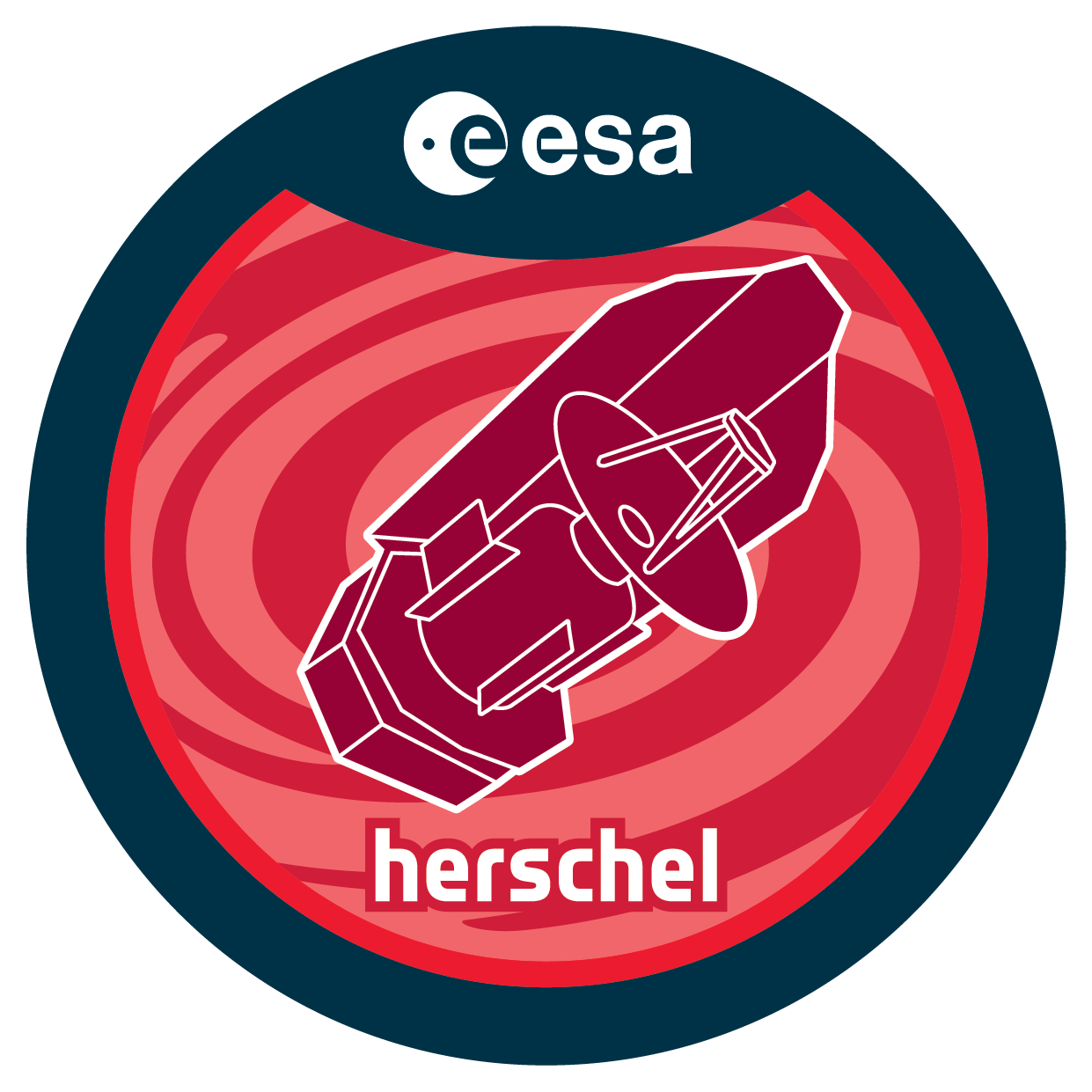| Description |
We propose the first extensive, systematic survey of gas incircumstellar disks over the critical transition from gas-richprotoplanetary through to gas-poor debris system. The brightestspectral lines from disks lie in the far-infrared and arise fromradii ~10-500 AU, where giant planets are expected to form.Herschel is uniquely able to observe this wavelength regime withthe sensitivity to allow a large scale survey.We will carry out a 2-phase PACS study, surveying the finestructure lines of CII157um and OI63um in 274 objects,and following up the brightest sources with observations ofH2O and OI145um. The gas mass sensitivity, a few 1e-5 Msun,will be more than an order of magnitude lower than achieved byISO and Spitzer and expected for SOFIA. We will also measurethe dust continuum to an equivalent mass sensitivity. Teammembers include experts in the modeling of disk structure,chemistry, and radiative transfer necessary to interpret thesedata.We will observe nearby clusters in the age range 1-30Myr,encompassing disk masses 1e-2 - 1e-5 Msun, and stellarluminosity 1-100 Lsun. This covers the dominant epoch of planet formation and the mass from protoplanetary throughto young debris disk. Furthermore our sample is chosen toinclude a wide range of X-ray & UV flux, and SED shape, fromclassical SED Class II, through transition disks with inner dustholes, to disks with small IR excesses. With this extensivedataset, our program will:- Trace gas and dust in the planet formation region across anextensive multivariate parameter space- Provide the first definitive measurement of the gas dissipationtimescale in disks- Study the evolutionary link between protoplanetary and debrisdisks- Investigate the extent and evolution of warm H2O in theplanet-forming regions of disks, with implications for thevolatile content of developing planets- Provide an extensive database of disk observations andmodels with long-lasting legacy value for followup observations |

